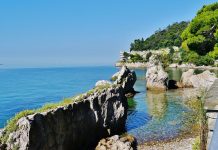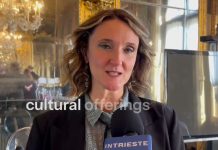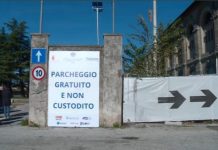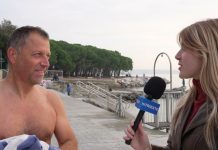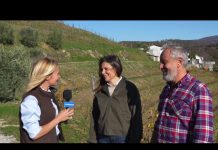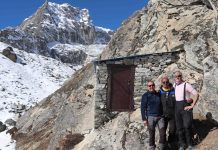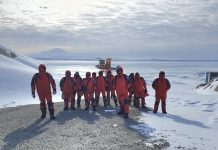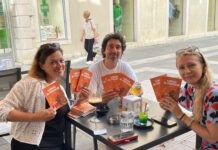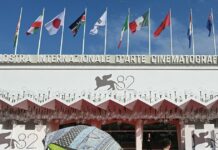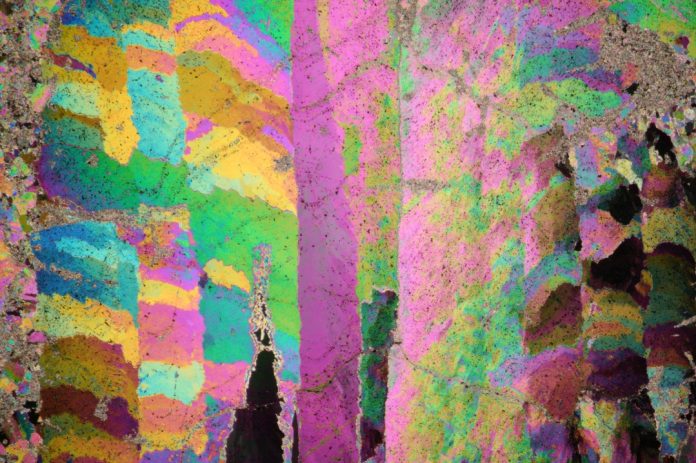by InTrieste
Beginning Nov. 22, 2025, visitors to Magazzino 26 in Trieste’s Porto Vecchio–Porto Vivo district will be able to explore an unseen dimension of the region’s landscape. “Il micromondo del Carso: forme e colori nascosti nelle rocce” (“The Karst Microworld: Hidden Shapes and Colors in the Rocks”), a new photographic exhibition, traces the intricate fossil record embedded in the Italian and Slovenian Karst.
The show, which opens with an invitation-only event on Saturday morning, will be free to the public through Jan. 11, 2026. Hosted in the Sala Sbisà, it blends scientific research with visual storytelling, highlighting the longstanding cross-border collaboration between Italy and Slovenia.
Developed by the University of Padua’s Department of Geosciences and the Geological Service of the Friuli Venezia Giulia Region, the exhibition is the result of partnerships with the National Research Council’s Institute of Marine Sciences and the Municipality of Trieste. Together, the institutions present a series of microscope-based images in which microfossils—remnants of an ancient tropical sea—appear as vivid patterns and structures. The photographs reveal a hidden world where geology and art converge, offering a fresh perspective on the Karst’s natural heritage.
The exhibition also includes a section dedicated to the nomination of Aurisina Stone for Heritage Stone status, an international designation awarded by the International Union of Geological Sciences to materials that have played a significant role in architecture and cultural history.
“This exhibition turns academic research into an accessible and engaging form of outreach, showing how geology can speak to culture, art and place,” said Nicola Surian, director of the Department of Geosciences at the University of Padua.
Massimo Zanetti, head of the regional geological service, noted that the project “creates a bridge between the local community and geological research, offering a new perspective on the ancient tropical sea of the Karst and its microscopic components.”
The show is part of KRAS–CARSO II, a European Union–cofunded initiative under the Interreg VI-A Italy–Slovenia 2021–2027 program aimed at enhancing cross-border cooperation in safeguarding and promoting the Karst’s natural and cultural heritage.
The exhibition will be open Thursday through Sunday, from 10 a.m. to 5:30 p.m., with free admission.
Further information is available through the project partners or on the KRAS–CARSO II website.


